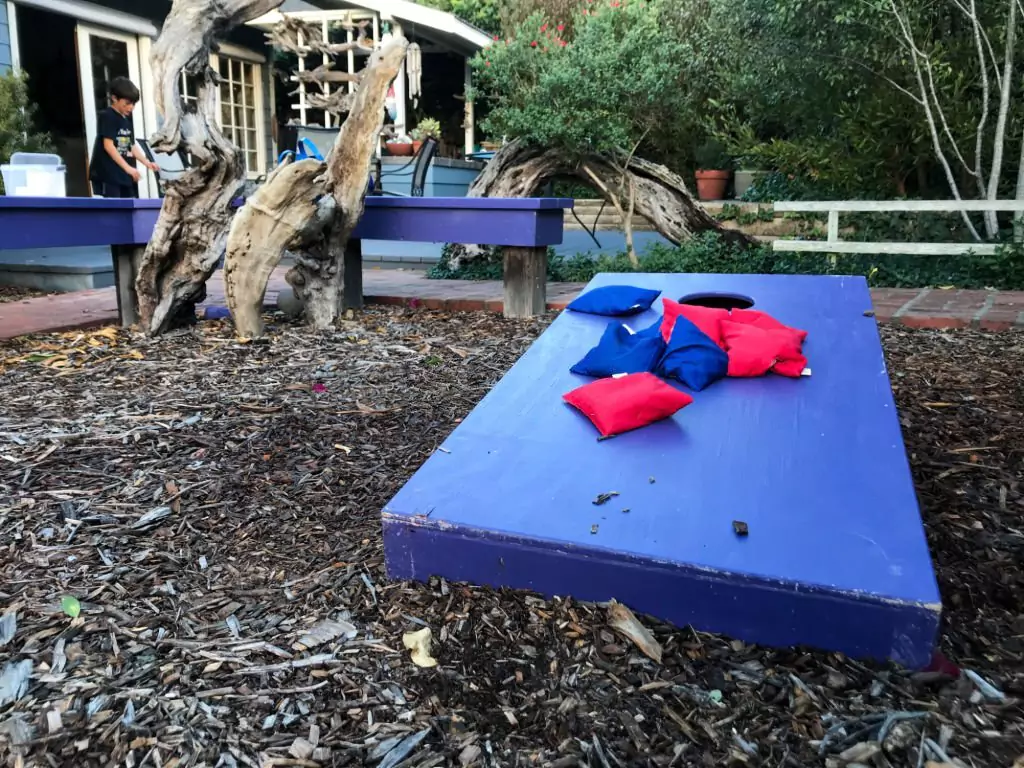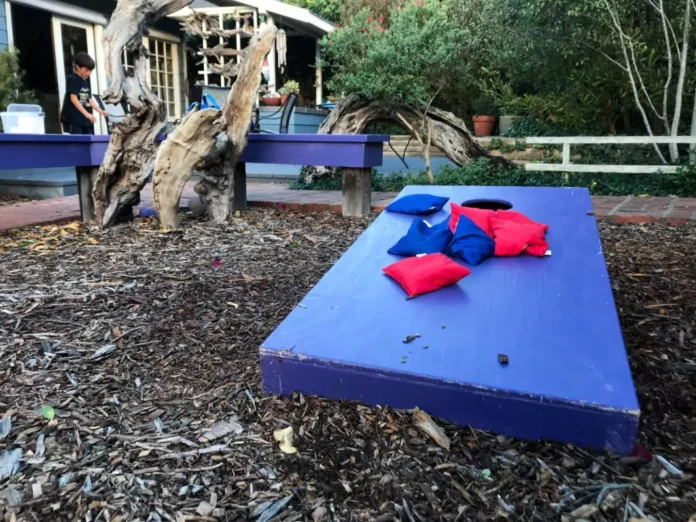Introduction to Cornhole Boards
Cornhole is a popular outdoor game that has been enjoyed by people of all ages for many years. It is believed to have originated in the Midwest, particularly in the state of Ohio, in the United States. The game involves tossing small bags filled with corn or beans onto a raised platform with a hole in it. The objective is to score points by getting the bags into the hole or landing them on the platform.

Cornhole has gained popularity due to its simplicity and versatility. It can be played in various settings, such as backyard parties, tailgating events, and even professional tournaments. The game is easy to learn and can be enjoyed by people of all skill levels. It provides a fun and competitive way to spend time outdoors with friends and family.
Standard Cornhole Board Dimensions
Regulation cornhole boards are typically made of wood and have specific dimensions that must be followed for official gameplay. The standard size for a cornhole board is 2 feet wide by 4 feet long. The top surface of the board should be elevated 12 inches from the ground at the front and 3 inches from the ground at the back. The hole in the board should have a diameter of 6 inches and be centered 9 inches from the top of the board and 12 inches from each side.
While these are the standard dimensions, there is room for customization and personalization when it comes to cornhole boards. Many people choose to paint or decorate their boards with their favorite sports teams, logos, or designs. Some even opt for custom-made boards with unique shapes or materials. As long as the basic dimensions are followed, there is flexibility in the design and customization of cornhole boards.
Importance of Proper Board Placement
Proper board placement is crucial for a fair and enjoyable game of cornhole. The distance between the boards can greatly affect gameplay and strategy. If the boards are placed too close together, it may be easier to score points, but it can also make the game less challenging and competitive. On the other hand, if the boards are placed too far apart, it can make it more difficult to score points and may discourage players from participating.
Safety is another important consideration when it comes to board placement. The area around the boards should be clear of any obstacles or hazards that could cause injury. It is also important to ensure that the boards are stable and securely placed on the ground to prevent any accidents or injuries during gameplay.
Factors to Consider When Measuring Board Distance
When measuring the distance between cornhole boards, there are several factors to consider. The official regulation distance for cornhole boards is 27 feet apart from front edge to front edge. This distance is measured from the front of one board to the front of the other board. It is important to measure accurately to ensure a fair and balanced game.
In addition to the distance between boards, the height of the boards should also be considered. As mentioned earlier, the front of the board should be elevated 12 inches from the ground, while the back should be elevated 3 inches. This height difference creates a slight incline on the board, which affects the trajectory of the bags when thrown.
The angle of the boards is another factor to consider when setting up a game of cornhole. The boards should be positioned at a slight angle, with the front edge slightly higher than the back edge. This angle helps to prevent bags from sliding off the board and adds an element of challenge to the game.
Tips for Accurately Setting Up Cornhole Boards
To accurately set up cornhole boards, it is helpful to have measuring tools and techniques. A tape measure or measuring tape can be used to measure the distance between boards and ensure they are placed 27 feet apart. It is also important to mark the playing area to indicate where the boards should be placed. This can be done using chalk, tape, or other markers that are easily visible.
When setting up the boards, it is important to adjust for uneven ground. If the ground is not level, it can affect the trajectory of the bags and make the game unfair. Using shims or other leveling tools can help to ensure that the boards are placed on a flat surface. It may also be necessary to adjust the height of the boards to compensate for any unevenness in the ground.
Common Mistakes to Avoid When Setting Up Boards
There are several common mistakes that people make when setting up cornhole boards. One of the most common errors is not measuring the distance between boards accurately. This can result in an unfair game and frustration for players. It is important to take the time to measure carefully and ensure that the boards are placed 27 feet apart.
Another common mistake is not adjusting for uneven ground. If the boards are not placed on a level surface, it can affect gameplay and make it more difficult to score points. Taking the time to level the boards and adjust for any unevenness in the ground can greatly improve the overall playing experience.
Adjusting Board Distance for Different Skill Levels
The distance between cornhole boards can be adjusted to accommodate different skill levels and playing styles. For beginners or younger players, it may be beneficial to start with a shorter distance between boards. This can make it easier to score points and help build confidence in throwing accuracy. As players become more skilled, the distance between boards can be gradually increased to make the game more challenging.
Intermediate and advanced players may prefer a longer distance between boards to increase the level of difficulty. This can require more precision and strategy when throwing the bags. It is important to find a distance that is challenging but still allows for enjoyable gameplay.
Conclusion and Final Thoughts on Cornhole Board Distance
In conclusion, cornhole is a popular outdoor game that can be enjoyed by people of all ages and skill levels. Proper board placement and distance are important factors to consider when setting up a game of cornhole. Measuring accurately, adjusting for uneven ground, and avoiding common mistakes can greatly improve the overall playing experience. It is also important to consider the skill level of the players and adjust the distance between boards accordingly. By following these guidelines, players can ensure a fair and enjoyable game of cornhole.


